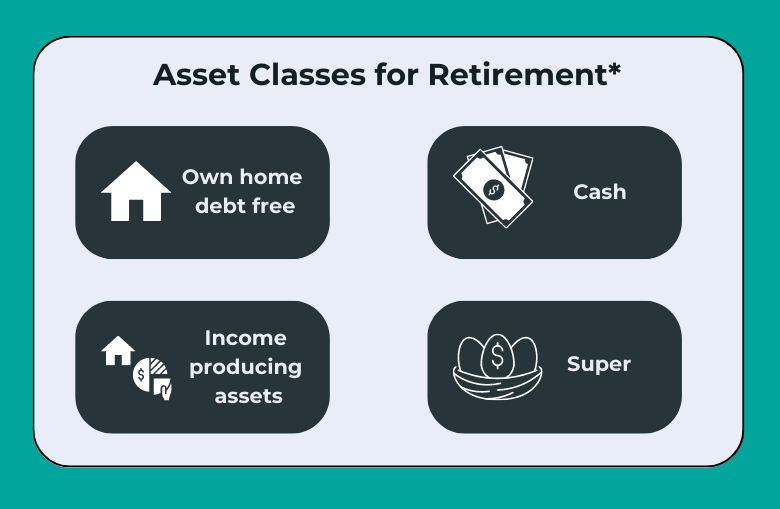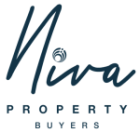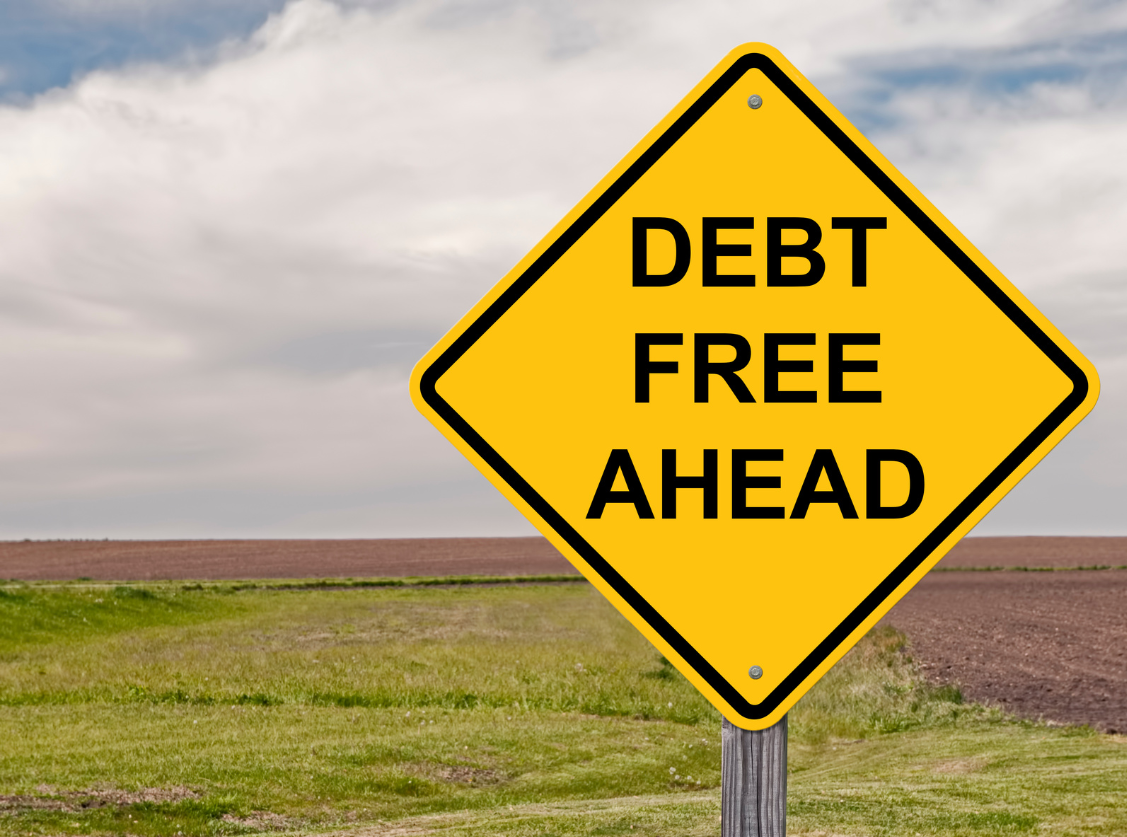What is your exit strategy?
When investing in property it is important to have an end game in mind.
- If you are flipping property that is simple – you will sell for profit.
- If you are developing you may sell for profit or keep one of your properties in your portfolio.
- But if you are holding… what will you do with the property in 5, 10,15 years’ time?
There are various options which include developing/renovating to generate equity, refinancing and using the extra equity/cash to fund your lifestyle and retirement, keeping the property and handing to your estate etc.
Another option is to use your investment property to help pay off your home loan (i.e. for your Principal Place of Residence (PPOR)).
Many people take decades to pay off a home loan or just never do so, but it doesn’t have to be this way.
What some financial advisers recommend for retirement
When I speak to financial advisers about retirement planning some tell me that, for the average person in Australia, they recommend the following mixture of assets:

Your own home debt free is #1 for me - you can't retire comfortably and stress free with debt on your home....
So... how can an investment property help you achieve this?
Here are 3 ways this is possible:
- If the property is cash flow positive or positive geared – put this extra cash into your home loan offset account regularly to reduce interest on your loan
- Refinance and “cash out” – you could refinance after capital growth or after you manufacture equity via renovations, and then put the cash onto your home loan offset
- Sell the property and put profits after capital gains tax (CGT) onto your home loan (or into your offset).
You can even combine some of the above tactics.
Example
The graph below shows a classic case for someone who starts their property journey as a rent-vestor (read more about rentvesting in our blog here). They invest in a quality asset and 3 years later buy their PPOR. After only 11 years they are in a position where their investment property has grown so much that they could sell it and use the profits to pay down their own home.

At year 14 above this is how the numbers could look for the investment property:
- Potential Value = $1,255,936
- Loan = $500,000
- Gross Profit = $755,936
- CGT estimate = $170,085
- Net Profit = $585,851
At year 14 their PPOR debt is now $557,656. Using the profits from the investment they can pay this off and have a $28k buffer left over.
Key assumptions used in this graph: Investment capital growth 6.8% per annum on an interest only loan. PPOR 4% growth per annum, P&I loan 6.5% for 25 years with an additional $500/month paid off mortgage, 50% CGT exemption using a tax rate of 45%.
The CGT calculation is simple in nature and does take into account specifics such as cost base allowances or selling costs. These costs and specifics will have some bearing on the final profit but not too much to significantly adjust the outcome of the intended example.
A property portfolio approach
Now if you had 1 investment property and sold it and paid off your home loan as above (or mainly paid it off), this will leave you with no investments. This is not ideal from a retirement planning perspective.
It is also important to understand that unless you are on very high salaries it can be difficult nee impossible for most people to pay off your investment property debt in addition to your own home (in your lifetime).
This reiterates the need and benefit of planning for a property portfolio. Imagine if you had 3 properties and you sold one to pay off your home loan you would still have 2 left to generate passive income in retirement.
About the author
Nigel Watts, co-founder of Niva Property, is a licensed buyer’s agent, Qualified Property Investment Adviser (QPIA®), qualified Engineer and has over 15 years’ experience helping contractors value and estimate construction assets. Nigel has a multi-million-dollar property portfolio in various states and has built up his portfolio to provide him financial freedom to do what he loves – being a buyer’s agent and helping people attain financial freedom using property as a vehicle. Contact the Niva team for a no-obligation discussion about your life and retirement goals and how property can help you achieve these.
Disclaimer: * Niva Property is not a financial adviser nor licensed to provide financial advice. You should seek advice from a qualified taxation adviser, accountant or financial adviser regarding any investment decisions and planning for retirement. CGT calculations require advice and input from a qualified accountant or tax adviser and the example above is very generic in nature.






